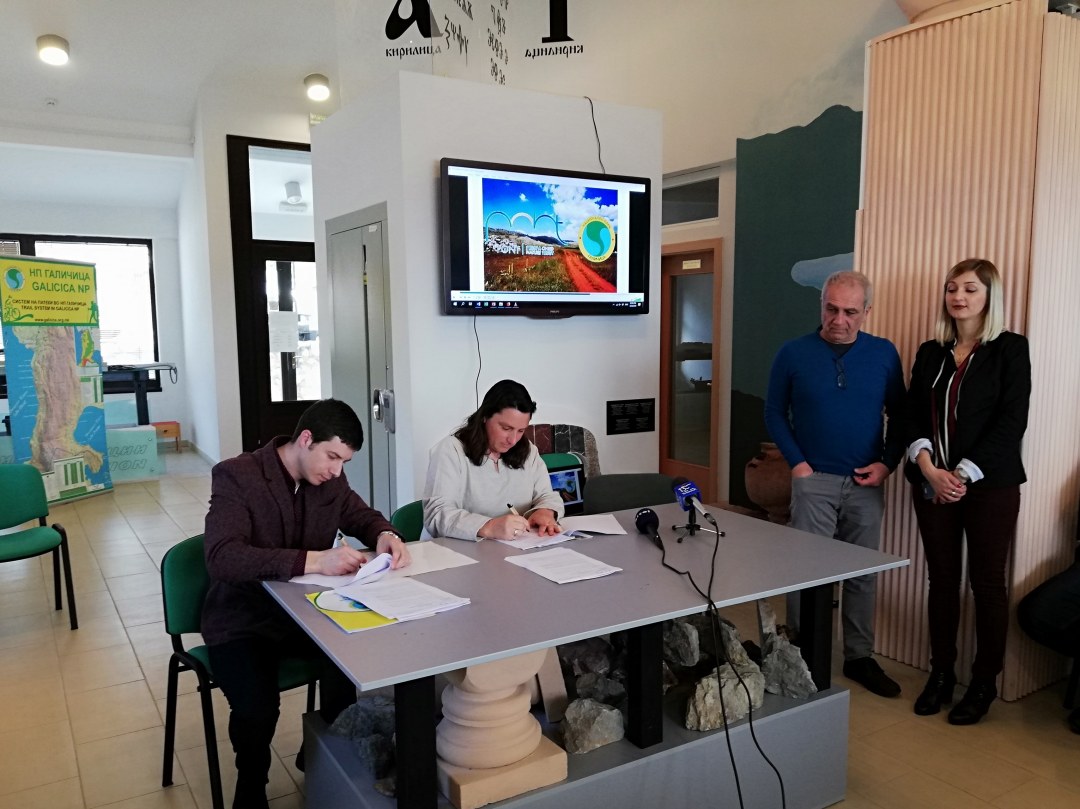

PA management authorities in WPA use a Template developed by PONT in Microsoft Excel to prepare annual operational plans and budget that are part of their grant applications to PONT. These operational plans state the actions to be implemented each year to achieve the objectives set out in the management plan for the PA concerned. While most of the actions are selected from among those identified in the management plans, additional actions arise from the (annual) METT assessments, by learning from experience, or in response to uncertainty and change. The operational plans integrate both recurrent (routine) activities and non-recurrent activities (projects) to ensure resources are adequately distributed across the different functional areas. The operational plans only include activities that are currently achievable with existing staffing, technical and financial resources, including the co-financing from PONT.
Using pre-defined templates developed by the national authorities on protected areas in both Albania and North Macedonia, the PAs in the WPA prepare annual (operational) plans that are subject of formal approval by the national authorities.
Aside from the budget that is more detailed, the Template developed by PONT is similar in content to those used under national legislation. The operational plans and budget are prepared at the end of each calendar year for the subsequent one and constitute the key element of the grant applications submitted to PONT; the grant application process of PONT is aligned with the national system planning and reporting cycles to avoid duplication of work.
Although operational plans have been in use for about a decade in North Macedonia and for several years in Albania, management and on-ground work continued to be largely ad-hoc and inconsistent. The PONT Template and the input from the regular METT assessments enable PA managers develop more realistic annual operational plans and budget. The PONT Template prompts the managers to plan in more detail the deployment of human, financial and technical resources related to the basic functional areas, such as biodiversity monitoring, patrolling, habitat restoration, environmental education or visitor management that were often neglected in the past. This proved to be quite a challenging task due to the lack of adequate procedures and systems in place, in particular for functions and activities where no prior experience exists.